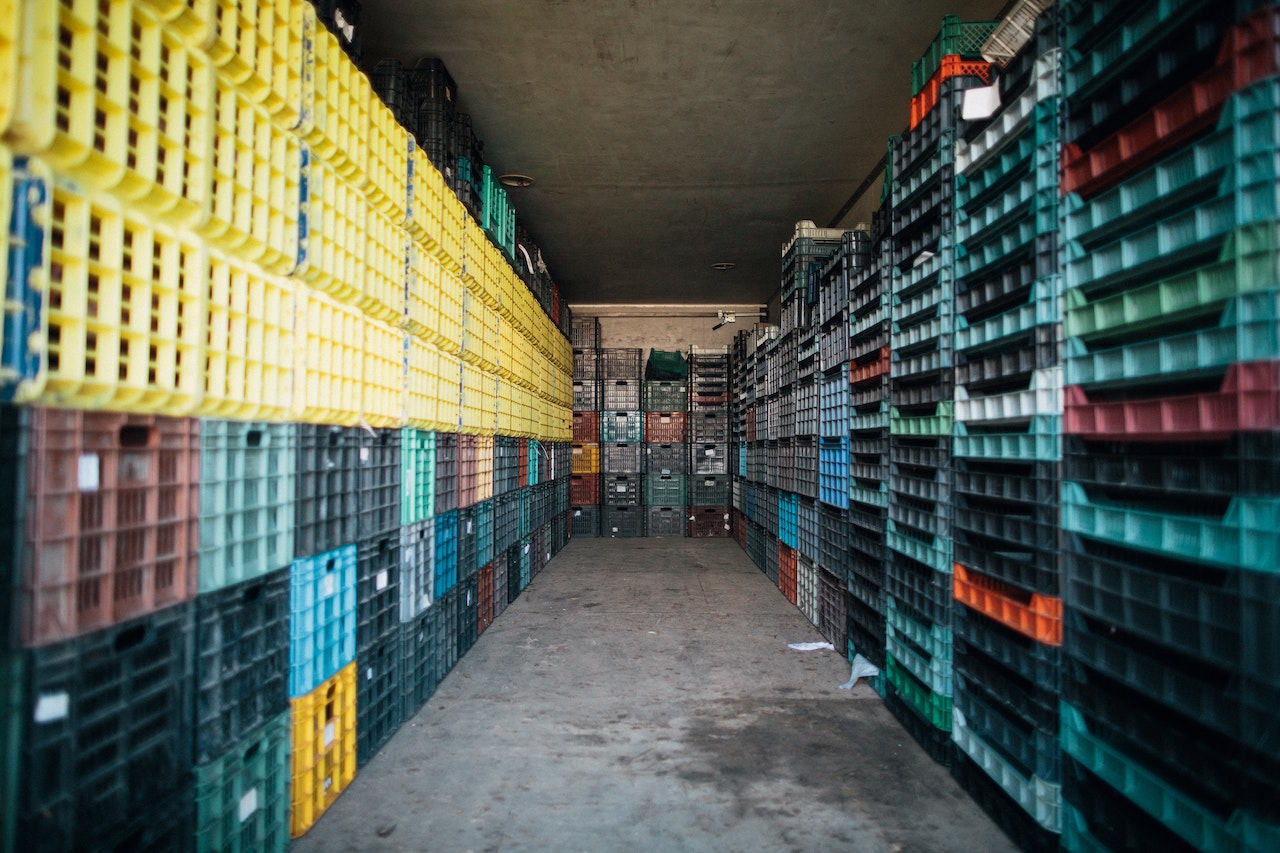In today's rapidly changing business landscape, supply chain management is undergoing a significant transformation. One of the most noteworthy shifts is the move away from the traditional "just-in-time" inventory management approach to a more resilient "just-in-case" strategy. This paradigm shift has given rise to the increasing importance of transloading, a logistics practice that not only enhances supply chain resilience but also plays a pivotal role in helping shippers achieve their sustainability targets. In this article, we will explore how transloading is becoming more crucial than ever and its role in sustainable shipping.
The Evolution of Inventory Management
Just-in-Time (JIT) inventory management has been the cornerstone of supply chain efficiency for decades. This approach aims to minimize inventory carrying costs by receiving goods exactly when they are needed, reducing storage expenses, and improving cash flow. While JIT has its merits in terms of cost savings, it has proven vulnerable to disruptions, as evident in recent global events such as the COVID-19 pandemic.
Enter the era of Just-in-Case (JIC) inventory management. JIC is all about building a more resilient supply chain. It involves holding larger quantities of inventory to mitigate the risks associated with supply chain disruptions, such as natural disasters, geopolitical tensions, or unexpected surges in demand. While this approach may seem counterintuitive in terms of cost-efficiency, it's proving to be a wise investment in today's volatile world.
Transloading: The Key to JIC Success
Transloading, the process of transferring goods from one mode of transportation to another, is a linchpin in the shift from JIT to JIC inventory management. Here's how it contributes to the success of the latter:
- Diverse Transportation Modes: Transloading allows shippers to seamlessly switch between different modes of transportation (e.g., from rail to truck or ship to truck) at strategically located hubs. This flexibility ensures that goods can be rerouted quickly in case of supply chain disruptions, reducing downtime and maintaining the flow of essential products.
- Buffering Inventory: With JIC, holding extra inventory is essential. Transloading facilities provide a secure and cost-effective way to store surplus inventory while ensuring it remains easily accessible for distribution when needed. This helps shippers maintain high service levels and meet customer demands, even during challenging times.
- Sustainability Benefits: Transloading aligns with sustainability goals by optimizing transportation routes and reducing the environmental footprint of logistics operations. Consolidating cargo at transloading hubs and using more efficient modes of transportation can lead to reduced emissions and lower energy consumption.
Transloading for Sustainable Shipping
Transloading doesn't just enhance supply chain resilience; it also supports sustainability initiatives in several ways:
- Reducing Emissions: By consolidating and optimizing shipments at transloading facilities, shippers can minimize the number of vehicles on the road, resulting in lower greenhouse gas emissions. Additionally, transloading often involves the use of more eco-friendly transportation modes, such as trains or ships, which emit fewer pollutants per ton-mile.
- Efficient Resource Utilization: Transloading hubs are designed for efficient cargo handling and storage, minimizing the need for additional infrastructure. This reduces the environmental impact associated with constructing and maintaining larger warehouses or distribution centers.
- Decreasing Congestion: Transloading can help reduce road congestion by shifting a portion of freight transportation to rail or other modes. This not only lowers emissions but also contributes to smoother traffic flow and reduced wear and tear on road infrastructure.
After the pandemic supply chain crunch and as the world adjusts to the "new normal" in terms of supply chain management, many companies are striving to achieve better delivery performance metrics and perfect order fulfillment. They are doing so by seeking to load up their Regional Distribution Centers (RDCs), even if it means incurring higher inventory-carrying expenses. This effort is aimed at enabling them to meet demand more effectively by utilizing shorter supply chains, which is more conducive to Just in Case (JIC) management. Internationally, Just in Time (JIT) management has proven to be challenging due to the constant threat of looming disruptions, among other factors.
Regardless of whether it involves containers or bulk shipments, operating to meet domestic demand creates various requirements for Distribution Center (DC) transfers and the shifting of cargoes regionally and nationally. Additionally, to process the freight efficiently within these centers, transloading remains a necessity and is expected to become even more critical. Domestic supply chain strategies, including rail, drayage, and over-the-road (OTR) transportation, are now more important than ever. This is because companies are increasingly navigating shorter domestic supply chains to fulfill their delivery requirements.
In conclusion, as businesses adapt to the challenges of today's supply chain disruptions and embrace the shift from just-in-time to just-in-case inventory management, transloading emerges as a critical component in ensuring supply chain resilience and sustainability. By strategically integrating transloading into their logistics strategies, shippers can navigate uncertain times while minimizing environmental impact, making it a win-win solution for businesses and the planet.
